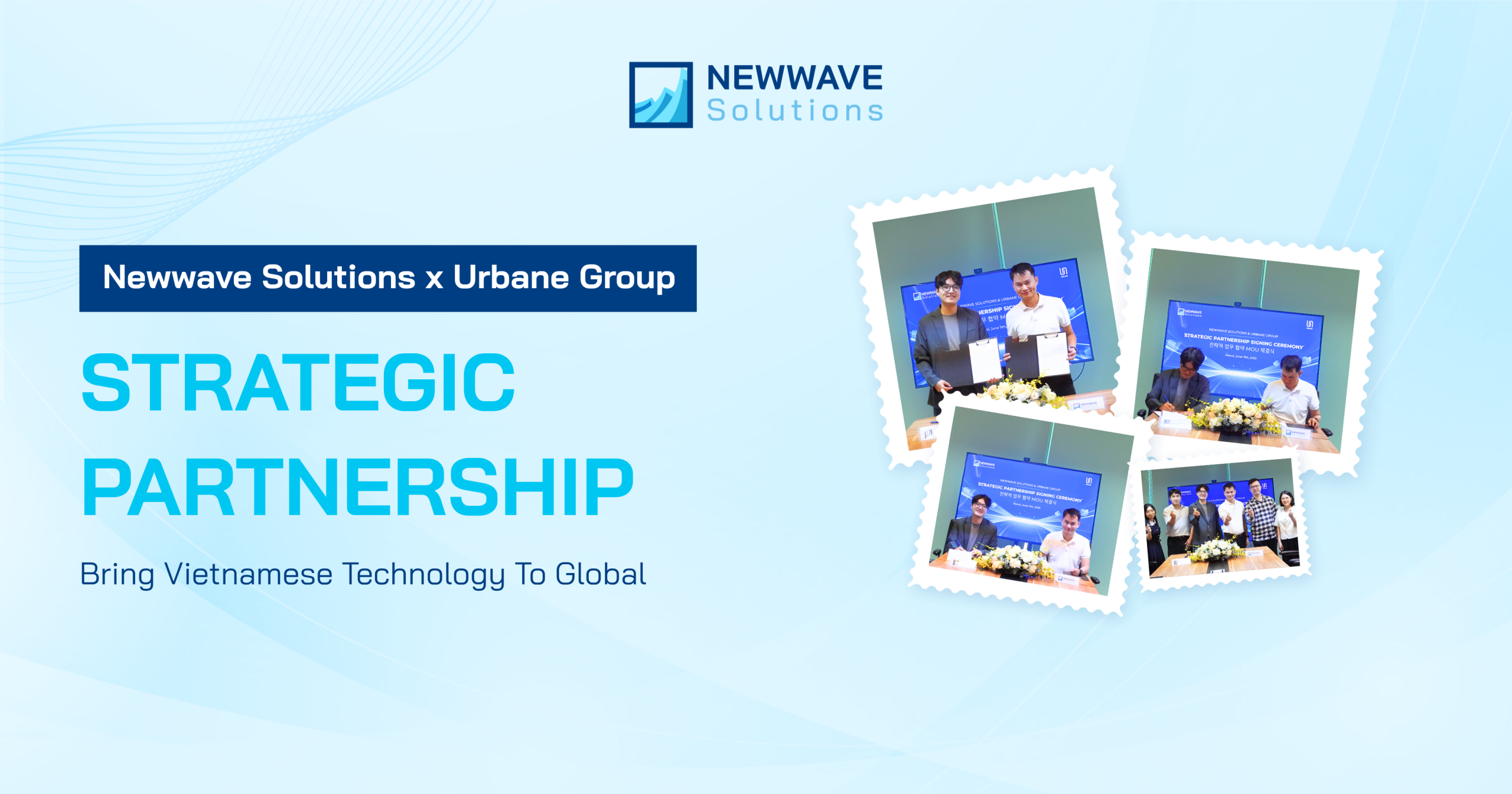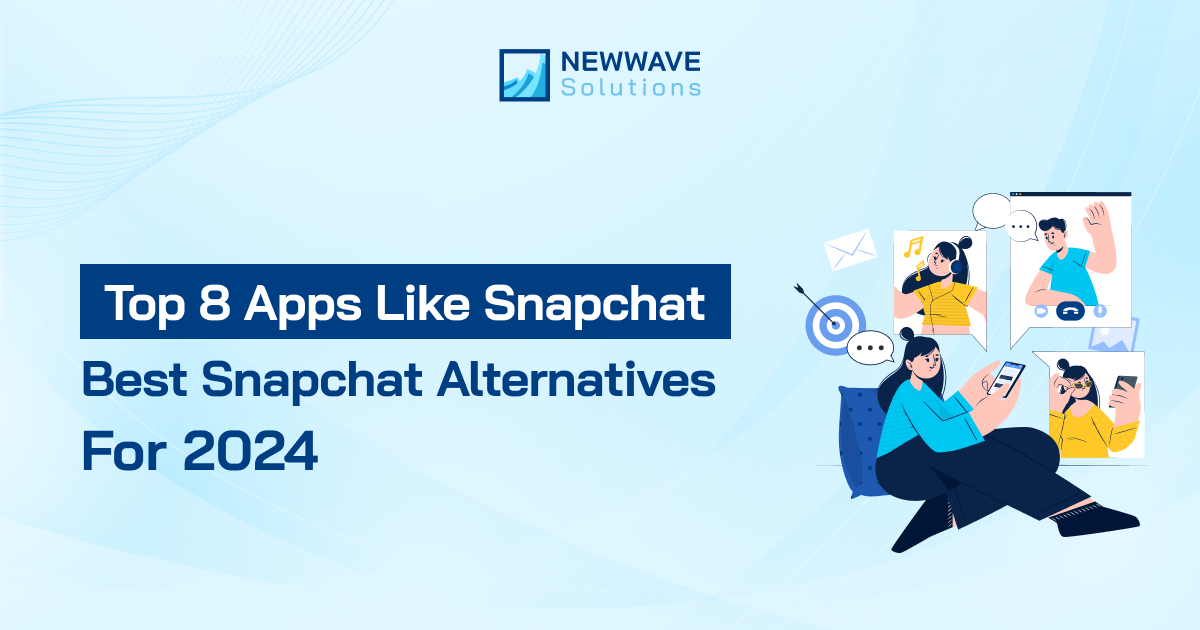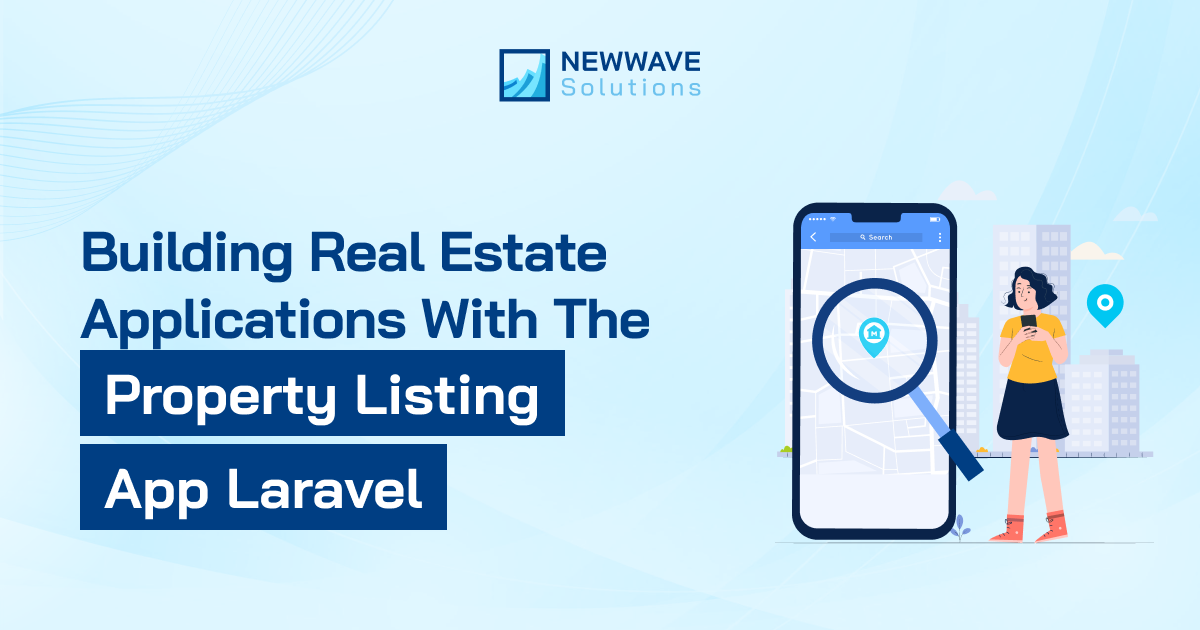

Embracing the Future of AR Apps Revolution

In today’s world, where tech and everyday life are constantly intertwined, AR apps are changing the game. AR app adds digital elements to your real-world view, creating an exciting and immersive experience that goes way beyond what your phone or computer screen can do on its own. By exploring the world of AR apps, you’re opening a door to a place where anything is possible.
Table Of Contents
Toggle1. Introduction to AR Apps
Augmented Reality (AR) apps are mobile applications that utilize the camera on a smartphone or tablet to superimpose virtual objects onto the real world. This creates an immersive experience that blends the digital and physical realms. AR apps have gained popularity in recent years due to advancements in mobile hardware and the widespread adoption of smartphones. They offer a wide range of applications across various industries and use cases.
Unlike Virtual Reality (VR), which creates a fully simulated environment, AR apps seamlessly integrate virtual objects into the existing physical environment, enhancing the user’s perception of reality. In today’s ever-evolving digital world, augmented reality apps, sometimes referred to as reality apps (though not to be confused with virtual reality), are making serious waves. They’re not just trendy; they’re revolutionizing entire industries and the way we experience the world around us.
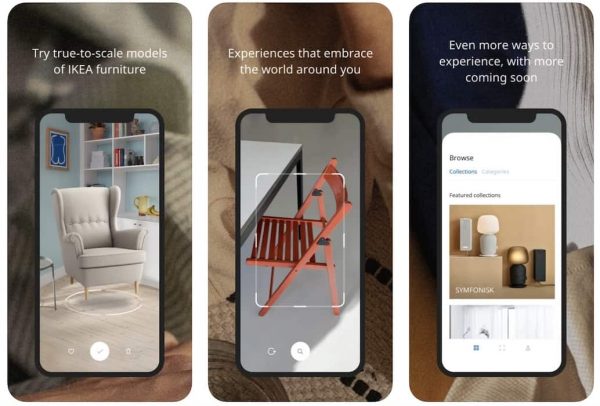
2. Key Features of AR Apps
Argumentative reality apps offer a unique blend of real-world and digital experiences, unlocking a realm of possibilities for both users and developers. Here are some key features that characterize reality apps:
- Superimposition: With AR apps, users can view digital objects within their homes, offices, or surroundings, interacting with them as if they were physically present. This groundbreaking technology opens a world of possibilities for education, entertainment, retail, and countless other industries.
- Real-Time Tracking: AR apps employ advanced computer vision techniques to track the user’s real-time movement and environment. This allows the digital content to adapt dynamically to the user’s perspective and surroundings, providing a truly interactive and engaging experience.
- Augmentation of Real Objects: AR apps can augment real-world objects with additional information, interactive elements, or virtual models. This feature enhances the user’s understanding of the physical object by providing additional context, engaging visuals, or instructional guidance.
- Geolocation: With AR apps, users can experience location-based adventures, trigger virtual content when reaching designated landmarks, or navigate with the assistance of augmented reality directions.
- Interactive Controls: AR apps offer a unique and immersive way for users to interact with digital content. These apps seamlessly blend the physical and digital worlds, allowing users to engage with virtual objects and information naturally and intuitively.
3. Development Process of AR Apps
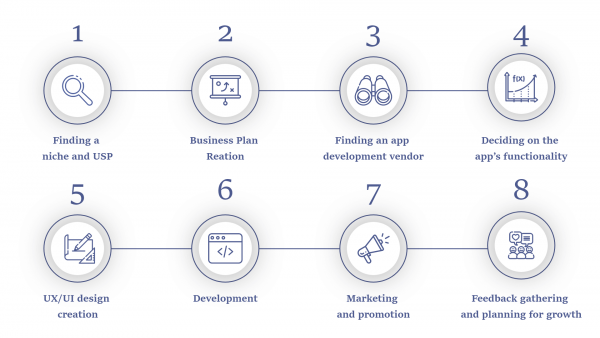
The development process of reality apps generally involves the following steps:
3.1 Research and ideation phase
The first step is to define the purpose and goals of the argumentative reality apps, identify the target audience, and consider the technical constraints of the platform. This involves brainstorming ideas, creating user personas, and developing a design concept.
- Identifying Target Audience and Market Trends: This phase involves understanding the specific group of users who will benefit from the AR apps. Researchers analyze market demographics, industry trends, and consumer behavior to determine the app’s target audience
- Brainstorming and Conceptualization of App Features: A creative team generates innovative ideas for the app’s functionality and user experience. They consider the target audience’s needs and explore potential use cases for AR technology.
3.2 Design and Prototyping
This step involves gathering and creating the 3D models, textures, animations, and other digital assets that will be used in the AR app. It also includes capturing real-world data through photogrammetry or 3D scanning.
- Creating Wireframes and Mockups: Designers create visual representations of the app’s user interface (UI). Wireframes provide a basic layout of the app’s screens, while mockups add graphical elements and design details.
- User Interface and User Experience Design Considerations: This process focuses on creating an intuitive and engaging user interface that maximizes user satisfaction. Designers consider factors such as visual hierarchy, color schemes, navigation, and accessibility.
3.3. Development and coding
The app is coded using AR software development kits (SDKs) provided by platforms such as ARKit (iOS) or ARCore (Android). The SDKs provide access to the device’s camera, motion sensors, and other hardware capabilities.
- Selection of Suitable Programming Languages and Frameworks: Developers choose programming languages and frameworks that align with the app’s requirements and platform compatibility.
- Integration of AR Libraries and Tools: Developers incorporate libraries and tools specifically designed for AR development. These tools provide access to cameras, motion tracking, and other AR functionalities.
3.4. Testing and quality assurance
The app is thoroughly tested to ensure it functions correctly in various environments and devices. This includes testing for stability, performance, and user experience.
- Conducting Thorough Testing for Performance and Functionality: Testers perform rigorous testing to ensure that the app meets performance and functionality standards. They test various scenarios, use cases, and potential bugs.
- Gathering User Feedback for Improvements: Real-world user feedback is collected through user testing or beta programs. This feedback helps identify areas for improvement and enhance the user experience.
3.5. Deployment and maintenance
The app is published on app stores for public release. Ongoing maintenance and updates may be necessary to address bugs, add new features, or provide compatibility with newer devices.
- App Store Submission and Release: Once development is complete, the app is submitted to relevant app stores (e.g., Apple App Store, Google Play) for distribution and user access.
- Regular Updates and Bug Fixes: Developers continue to maintain the app after release. This includes releasing updates with new features, bug fixes, and security enhancements to ensure optimal performance and user satisfaction.
See more: How Newwave Solutions Can Expand Your Business With Mobile App Development Services
4. Popular AR App Categories
4.1. Gaming

AR apps have become incredibly popular, providing engaging experiences that merge the real and digital worlds. Some of the top AR games include Pokémon GO, Harry Potter: Wizards Unite, and Minecraft Earth. These apps use augmented reality technology to create immersive gaming environments that players can interact with on their smartphones.
4.2. Education

Augmented reality apps are revolutionizing various industries, including education. AR educational apps can enhance the learning experience by making it more interactive and engaging for students. These apps allow learners to explore virtual environments, conduct experiments, and practice skills in immersive settings.
For instance, AR apps can provide virtual tours of historical sites, enable students to visualize scientific concepts, and offer digital simulations for practicing medical procedures. By integrating AR technology, the educational sector is gaining new and innovative ways to deliver content, fostering a more dynamic and effective learning process.
4.3. Shopping

AR technology has the potential to revolutionize online shopping by providing customers with more immersive and personalized experiences. AR shopping apps can allow users to virtually try on clothes and accessories, view products in their home or office settings, and access product information in real time. These apps provide a more convenient and interactive way for customers to make informed purchasing decisions.
4.4. Social Networking
AR technology is also making its mark on the social networking landscape. AR social networking apps allow users to share AR experiences with friends and family, such as virtual selfies, augmented reality games, and interactive filters. These apps provide a new way for people to connect and share fun and memorable experiences.
See more: Unlocking Immersive Experiences With AR Development
4.5. Navigation
AR technology can greatly enhance the utility of navigation apps, providing users with real-time visual cues and directions. AR navigation apps can overlay directional information onto the view from a user’s smartphone camera which helps them find their way around unfamiliar environments. These apps are particularly useful for pedestrians and cyclists, providing a more convenient and user-friendly navigation experience.
5. Challenges and Considerations in AR App Development
- Technical Complexity: AR applications require advanced hardware and software capabilities, including high-powered processors, dedicated graphics cards, and specialized AR SDKs. Developing and maintaining these apps can be complex and time-consuming.
- Hardware Limitations: Mobile devices face limitations in terms of processing power, memory, and battery life. This can impact the performance and stability of AR apps, especially in complex or resource-intensive scenarios.
- Data Requirements: AR apps often require significant amounts of data, such as 3D models, textures, and tracking information. This can result in large file sizes and long download times.
- Lack of Maturity: AR technology is still in its early stages of development, and many tools and frameworks are not fully mature. This can lead to bugs, compatibility issues, and unpredictable behavior.
- Environmental Constraints: AR applications rely heavily on the physical environment. Lighting conditions, occlusions, and surface textures can significantly affect the user experience and the accuracy of tracking.
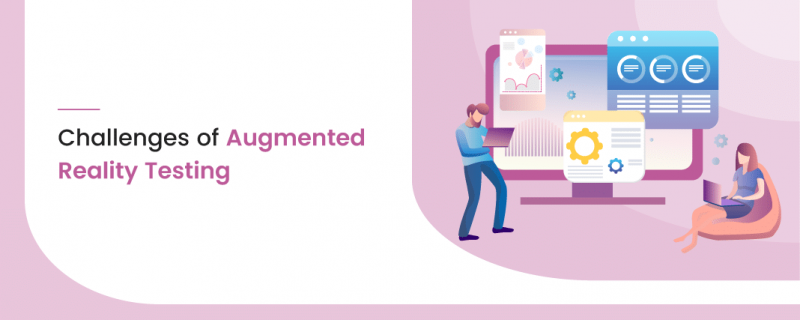
- Privacy and Security Concerns: AR apps have access to sensitive user data, such as camera feeds and spatial information. This raises concerns about privacy and the potential misuse of this data.
- User Experience: AR apps must provide an intuitive and immersive experience to engage users. Factors such as latency, visual quality, and interaction mechanisms play a crucial role in user satisfaction.
- Business Model Considerations: Monetizing AR apps can be challenging. Traditional app store models may not be suitable for AR applications, and developers need to explore alternative revenue streams, such as subscription services or in-app purchases.
- Interoperability and Standards: The lack of industry-wide standards and interoperability protocols can make it difficult to create AR apps that are compatible with multiple devices and platforms.
- Long-Term Support and Updates: AR apps require ongoing maintenance and updates to address bugs, improve performance, and adapt to evolving technology. This can be resource-intensive and may not be feasible for all developers.
6. Future Trends in AR App Development
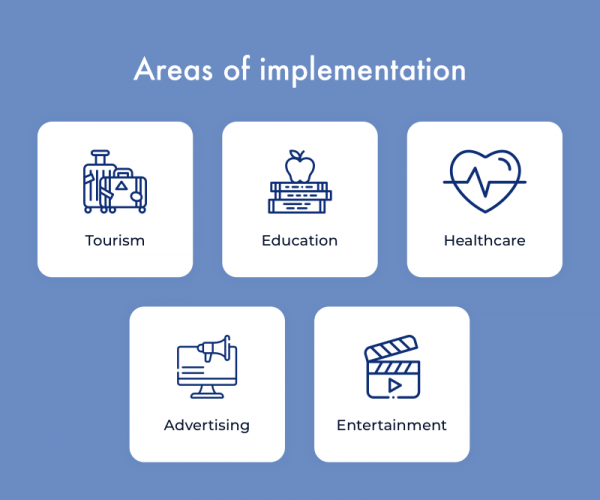
The future of AR app development is bright and full of potential. As technology continues to develop, we can expect to see even more innovative and immersive experiences from augmented reality apps.
- Games: AR games are a natural fit for the technology, as they allow players to experience a virtual world right around them. In the future, we can expect to see even more sophisticated AR games with more complex stories and characters.
- Education: AR apps can be a valuable tool for education, as they can allow students to learn by experiencing things in a more immersive way. In the future, we are likely to see a growing number of AR apps that are designed specifically for educational purposes.
- Healthcare: AR apps are being used in a variety of healthcare applications, such as medical diagnosis, surgery planning, and rehabilitation. In the future, we can expect to see even more ways to utilize AR in healthcare, as it helps to improve patient outcomes and reduce costs.
- Retail: AR apps are also being used to enhance the retail experience. For example, shoppers can use AR apps to browse products, try on clothes, and see how furniture would look in their homes.
These are just a few of the future trends that we can expect to see in AR app development. As technology continues to evolve, we are likely to see even more innovative and exciting ways to use reality apps to improve our lives and improve many important industries.
7. Conclusion
The world of AR apps is a testament to the boundless potential of human innovation and technological progress. These applications are redefining the way we interact with the world around us, creating captivating and immersive experiences that seamlessly integrate digital elements into our reality.
Augmented reality (AR) apps are transforming various industries, from gaming and navigation to education. These reality apps blur the lines between the virtual and physical worlds, offering a glimpse into a future where they seamlessly coexist. As we look ahead, the exciting potential of AR app development beckons us to embrace this technological revolution, which will undoubtedly reshape how we perceive and interact with the world around us.
See more: The Comprehensive Guide on How to Create Augmented Reality Content
8. About Newwave Solutions
Newwave Solutions is a leading software development company in Vietnam, with over 12 years of experience and a team of 300+ skilled IT professionals. We’ve been consistently ranked among the top 10 in the country, and our dedication to exceeding expectations has earned us the trust of over 800 clients globally.

Building the Future with Cutting-edge Technologies
Our team isn’t just passionate about software development; we’re passionate about innovation. We specialize in a wide range of services, including web, app, and mobile development, UI/UX design, QA & testing, and cutting-edge technologies like Blockchain and IoT. We’re also at the forefront of the Augmented Reality (AR) revolution, crafting engaging and interactive AR apps.
A Global Reach with a Local Touch
Since our beginnings, we’ve expanded beyond Vietnam, opening branches in Japan. This global reach allows us to serve clients worldwide while maintaining a strong understanding of local markets.
Experience, Expertise, and Excellence
Our team’s expertise and dedication have been recognized by numerous prestigious awards, including the Sao Khue 2022 Award, Vietnam’s Top 10 Information and Communication Technology 2022 Award, and Top 100 Sustained-Growth Companies 2018-2021. These accolades are a testament to our commitment to delivering exceptional results and staying ahead of the curve.
Let’s Build Something Amazing Together
Newwave Solutions is more than just a software development company; we’re your innovation partner. We offer a wide range of services, including custom software development, web app development, mobile app development, and more. We’re also constantly exploring new technologies, like AR apps, to bring your ideas to life.
Contact us today and let’s discuss how we can help you achieve your business goals.
Contact Information:
- Head Office (Hanoi): 1F, 4F, 10F, Mitec Building, Duong Dinh Nghe Street, Yen Hoa Ward, Cau Giay District, Hanoi City, Vietnam
- Branch Office (Tokyo): 1chōme118 Yushima, Bunkyo City, Tokyo 1130034, Japan
- Hotline: +84 985310203
- Website: https://newwavesolution.com
- Email: [email protected]
To Quang Duy is the CEO of Newwave Solutions, a leading Vietnamese software company. He is recognized as a standout technology consultant. Connect with him on LinkedIn and Twitter.











